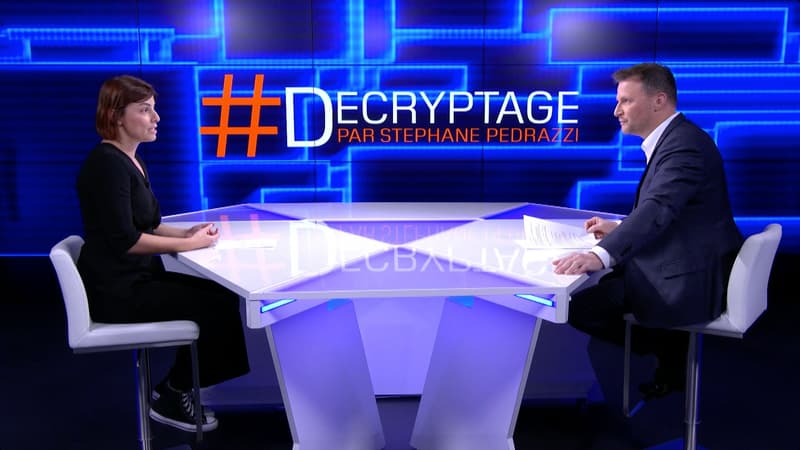What are Tetra Pak’s activities and production sites in France?
In France, we have our headquarters in Paris and three production sites, totaling 750 employees. Our packaging is made between the Dijon paper mill, which produces approximately three billion cartons a year, and Châteaubriand, which produces approximately 4.5 billion corks a year. Tetra Pak recently invested €100 million to add new production lines to this 60-year-old site. Finally, the Le May-sur-Evre site produces industrial equipment for food processing.
How are consumer expectations met in terms of food safety?
70 years ago, Tetra Pak revolutionized carton packs with its food carton, created with the ambition of “protecting the good”. Our pillars are to protect the product contained in the packaging, protect the people involved in the value chain and protect the planet. To ensure the safety and availability of food, Tetra Pak offers aseptic packaging solutions for products, as well as packaging that protects the product against light and oxygen over time.
How does Tetra Pak improve the carbon footprint of its packaging?
Food production accounts for about 25% of global greenhouse gas emissions. Tetra Pak innovates to offer low carbon packaging. Food carton is made from approximately 75% FSC certified paperboard, a renewable material. We want to offer fiber-based packaging by 2030. We are currently testing to replace the very thin aluminum layer, which protects the product from light, with a fiber-based layer. This reduces the carbon footprint of the packaging and maximizes the fiber content of the packaging.
We started offering solutions to reduce the environmental impact of packaging several years ago, allowing our customers to replace the plastic used in the lid and protective layers, which was of fossil origin, with renewable, plant-based plastic. Its supply is traceable to the packaging and is certified by Bonsucro for its renewable management. Reduces the carbon footprint of the packaging between 15 and 30% depending on the format.
What actions are you implementing to promote recycling?
Tetra Pak’s packages are easy to recycle and benefit from its own recycling network, which has 175 recyclers worldwide, including two in France, Essity and Lucart. Tetra Pak plans to invest €120 million in global infrastructure to boost collection, improve sorting and increase recycling capacity. Our ambition is to recycle all the components of the collected brick by 2025, both in the fibrous and non-fibrous part. There is still a great challenge to increase collection, whose rate is around 57% in France. It is a collective effort, by all the actors in the value chain, which will allow us to continue making it grow each year.
This content was produced with SCRIBEO. The BFMBUSINESS editorial team was not involved in the production of this content.
Source: BFM TV


